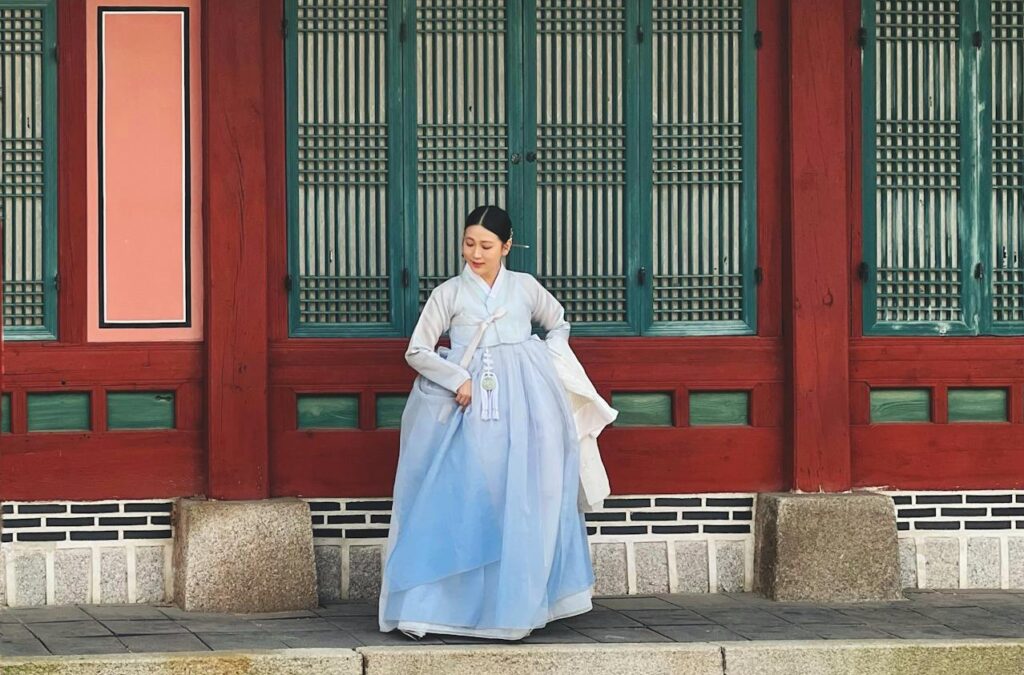South Korean beauty standards are known for combining tradition with innovation, shaping trends around the world. From multi-step skincare routines to advanced cosmetic procedures, these standards reflect a strong cultural focus on flawless skin and a perfected appearance.
In this post, we’ll explore the key aspects of South Korean beauty ideals, including daily skincare habits and popular cosmetic treatments that define beauty in Korea.
Historical and Cultural Influences

Historical, cultural, and social factors shape South Korean beauty standards.
Historical Beauty Ideals: Traditional Korean beauty ideals often emphasized pale skin, a small, delicate face, and a slender figure. In ancient Korean society, people associated these traits with wealth and social status, viewing lighter skin as a sign of high class and refinement.
Confucian Values: Confucianism, which has significantly influenced Korean culture, emphasizes modesty, purity, and self-discipline. These values shape Korean beauty standards that prioritize clear, unblemished skin and a youthful appearance, reflecting an inner sense of discipline and purity.
Modern Beauty Trends
In contemporary South Korea, a mix of traditional values and modern influences drives Korean beauty standards:
Flawless Skin: South Koreans highly value achieving clear, dewy, and youthful skin. They invest heavily in skincare, using multi-step routines to maintain and enhance skin health. Thus, this emphasis on skincare actively reflects the cultural importance of preserving a pristine, youthful appearance.
Facial Features: There is a notable preference for features like a V-shaped jawline, large eyes with double eyelids, and a small, straight nose. As a result, these preferences have led to the popularity of cosmetic procedures aimed at refining and enhancing these features.
Body Image: Slimness is often idealized, with a preference for a slender, toned physique. Therefore, this ideal fuels the popularity of fitness and diet trends designed to achieve and maintain a specific body type.
Skincare in Korean Beauty Standards
South Koreans follow detailed skincare routines with multiple steps and specialized products. They usually start with deep cleansing, apply treatments, and finish with sunscreen.
They aim to achieve clear, glowing skin, reflecting their cultural focus on maintaining a youthful appearance. In South Korea, people view skincare as more than just beauty—it plays an important role in health and self-care. They believe caring for their skin now will keep it healthy in the long run.
Their dedication to skincare highlights their strong commitment to self-care and maintaining a polished appearance. So, for many, it’s a daily habit that extends beyond looks and remains deeply ingrained in their lifestyle.
Cosmetic Procedures to meet Korean Beauty Standards

Many South Koreans choose cosmetic surgery and non-surgical treatments to match beauty standards and achieve a more refined look. Here are some of the most common procedures:
- Double Eyelid Surgery –One of the most popular procedures, double eyelid surgery, creates a more defined eyelid crease. As a result, the eyes appear bigger, often aiming for a Western-style look.
- Rhinoplasty – Nose reshaping helps create a more balanced facial profile, improving overall facial harmony.
- Jaw and Chin Contouring – This procedure reshapes the jawline and chin to create a smaller, more symmetrical face, following Korean beauty ideals.
- Botox and Fillers – These non-surgical treatments smooth wrinkles and add volume for a younger, more refined look.
Many people undergo these procedures to achieve the ideal beauty often seen in South Korean media. However, the risk of plastic surgery remains, as individuals seek to enhance their features and fit into societal expectations.
Global Impact
South Korean beauty standards have made a big impact worldwide. K-beauty products and trends have changed how people approach skincare, with many around the world adopting Korean techniques and products for better results.
This global influence shows how popular South Korean beauty ideals have become and how far they have spread beyond the country.
Beyond the Glow
South Korean beauty standards have left an undeniable mark on the world, shaping how people view self-care, skincare, and personal aesthetics. Whether admired or debated, these ideals continue to spark conversations about beauty, identity, and cultural influence.
At its core, beauty remains deeply personal—what matters most is feeling confident and comfortable in your own skin. While trends may evolve, true beauty is about embracing what makes you unique. So, whether you follow K-beauty routines or take inspiration from them, the best beauty standard is the one that empowers you.














